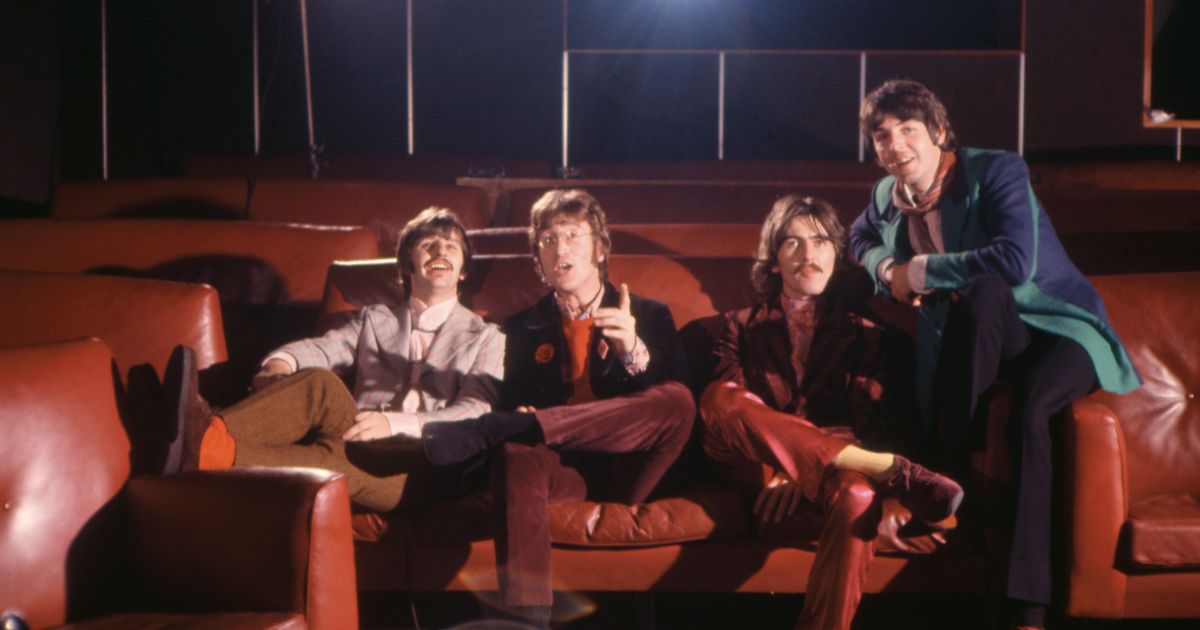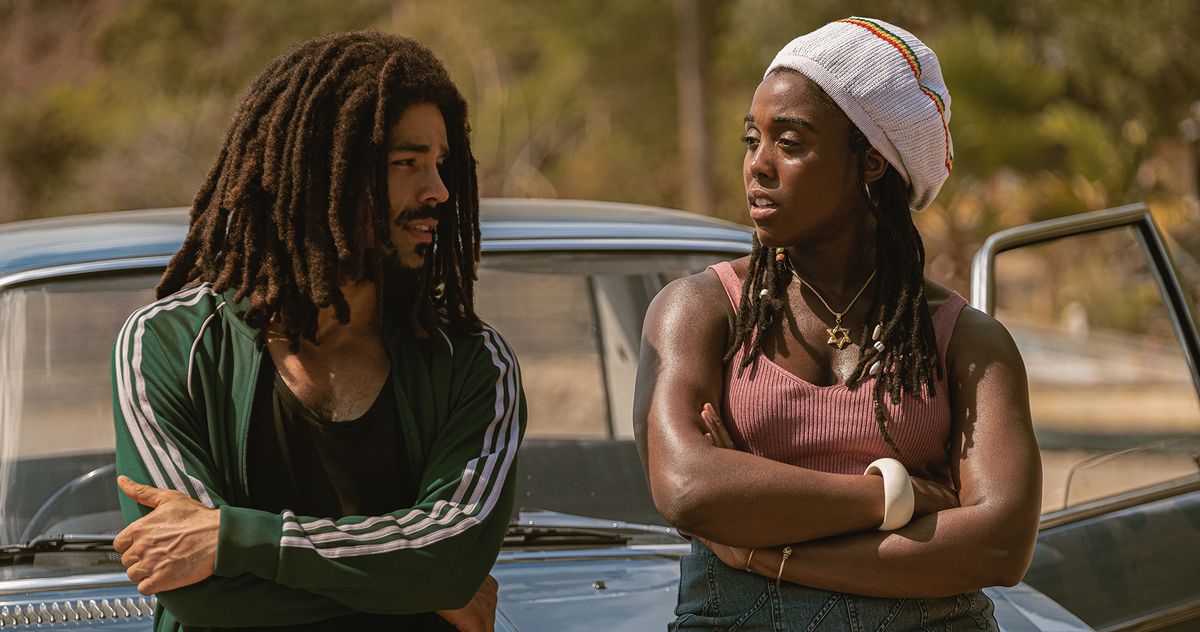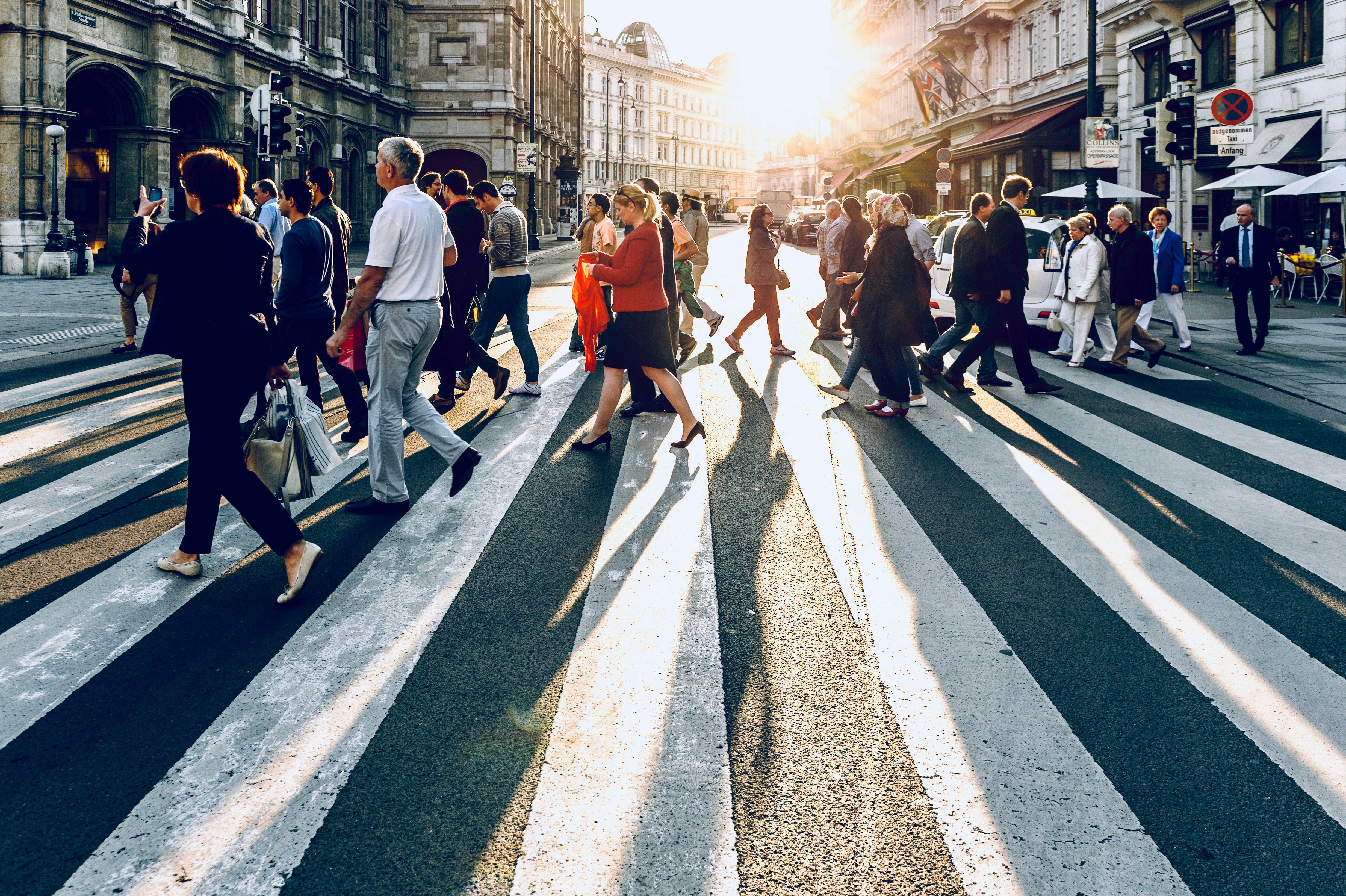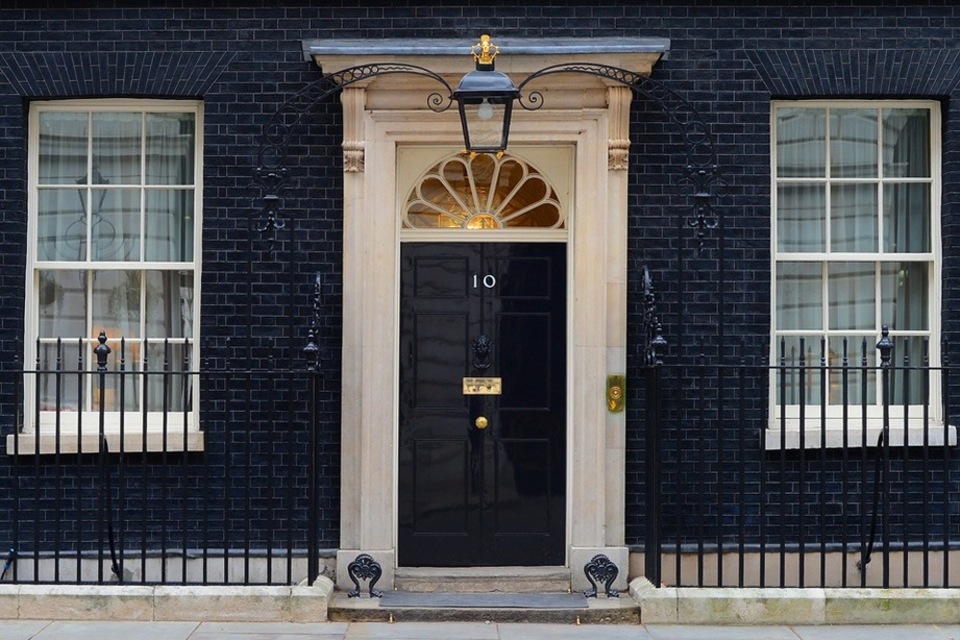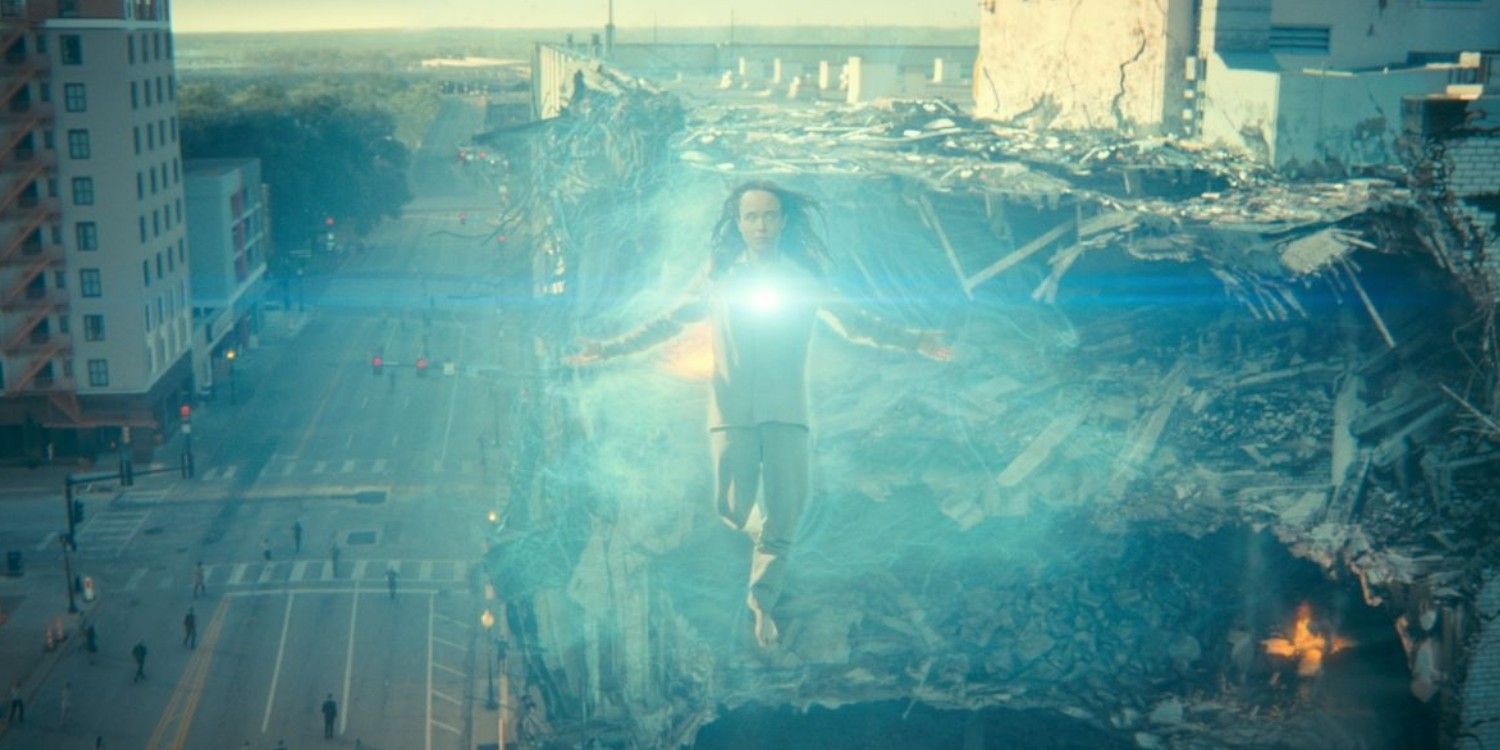
Umbrella Academy Showrunner Reveals Comic Scenes Too Expensive For TV
Steve Blackman, the showrunner of The Umbrella Academy, reveals scenes from the original comics that couldn’t be included due to budget constraints. The Umbrella Academy follows a dysfunctional family of superpowered siblings struggling to stop the apocalypse that they’ve accidentally started. The long-awaited The Umbrella Academy season 3 debuted on Netflix on June 22, and has been well received by both fans and critics.
Based on the Dark Horse comic series of the same name by My Chemical Romance’s Gerard Way, each season of The Umbrella Academy loosely follows a storyline arc from the comics. Season 2 followed the graphic novel’s first volume, “Apocalypse Suite,” and season 2 loosely followed the second volume, “Dallas.” The Umbrella Academy season 3, however, marked a divergence from the show’s source material. The Umbrella Academy show created its own plot that did not completely follow the third volume of Way’s comics, “Hotel Oblivion.” However, season 3 does still draw inspiration from the original comics, and often directly references scenes from it, including some impressive action-packed battle scenes.
In an interview with Netflix’s Tudum, Blackman revealed which scenes from the comics were simply too expensive to put on television. The most notable of these was from the first few pages of “Apocalypse Suite,” which shows the Hargreeves siblings fighting comic villain Gustave Eiffel. In the scene, the Eiffel Tower comes to life as a massive robot created by Gustave, and the Hargreeves must stop it from killing the citizens of Paris. Blackman says that he fully intended on including the scene in the show, but after sitting down with the effects team, was shocked by the budget that would be necessary to do it. Read Blackman’s full comment below:
“Oh my gosh, so many things. There’s the great Eiffel Tower story we wanted to do from the first few pages of the kids fighting Gustave Eiffel and the tower that comes to life as a robot. We’ve budgeted those things. I sat down with the effects teams and said, “How much would this be?” And then I get sticker shock. There’s some things I wanted to do in Dallas in Season 2 that we simply couldn’t afford to do, but we did get to Dealey Plaza. I was really proud we could actually do that.”

While the Eiffel Tower story was deemed too expensive to be brought to life on screen, as Blackman says, the team were still able to include the Dealey Plaza sequence from “Dallas” in The Umbrella Academy season 2. Much like in the comics, the Hargreeves endeavour to save President JFK from being assassinated by an older version of one of the Hargreeves siblings. In the process (and in a spectacular special effects sequence) the Hargreeves find themselves at the mercy of their brother Viktor’s unpredictable, apocalypse-causing powers. Though viewers didn’t get the chance to see a killer-robot version of the Eiffel Tower in season 1, the Dealey Plaza scene in season 2 certainly gave fans of the original Umbrella Academy comics an impressive page-to-screen adaptation.
One of the most difficult parts of adapting comic books for the screen is the budget. While anything can happen on the page, faithfully adapting larger-than-life scenes for television isn’t always feasible. Though Blackman has been disappointed with not being able to adapt certain sequences from the source comics due to financial constraints, the show has found other ways to make The Umbrella Academy visually spectacular, with compelling fight sequences and convincing CGI work in showing off characters’ powers. With rumors of a potential The Umbrella Academy season 4, however, perhaps Netflix will soon grant the hit series the ability to recreate some of the iconic original comic scenes that made Way’s work so beloved.






